The John Lennon we know today is not the same man who died in New York City on December 7, 1980.
That night, outside of his home, the Dakota apartment building on West 72nd Street, Lennon signed an autograph for 25-year-old Mark Chapman. Hours later, after a recording session at the Record Plant studio, Chapman fired five hollow-point bullets at his back, four of which hit their mark.
Related:
Keith Moon: The most explosive rock star in history
Stunt hero or kamikaze nutcase? A portrait of Evel Knievel
Marlon Brando: The method and the madness
Lennon was rushed in the back of a police car to St Luke’s Roosevelt Hospital Centre, but it was too late. Not only had Chapman gained the notoriety he craved, but he’d also inadvertently altered the way the world would perceive Lennon and his legacy.
“I have to say that, from my point of view, I felt he was a hypocrite,” Lennon’s first son, Julian, once said of his father. “Dad could talk about peace and love out loud to the world but he could never show it to the people who supposedly meant the most to him: his wife and son. How can you talk about peace and love and have a family in bits and pieces – no communication, adultery, divorce? You can’t do it, not if you’re being true and honest with yourself.”
Julian was five-years-old when his father abandoned him and his mother, Cynthia, Lennon’s first wife. Lennon’s relationship with Cynthia was turbulent. “I used to be cruel to woman, and physically – any woman,” Lennon said in a 1980 Playboy interview. “I was a hitter. I couldn’t express myself and I hit. I fought men and I hit women. That is why I am always on about peace.”
Considering his father’s wealth, Julian was raised on a meagre budget. A few infrequent meetings were, eventually, arranged, but only after Cynthia sent Lennon stern words on his absence.
Legend tells us father and son were bonding before Lennon’s death. Son says otherwise. “It was still very distant,” Julian said. “There were cuddles now and then but there was always an uneasy tension.” He would be in his 30s before he’d receive anything resembling a fair share of Lennon’s estate.
Lennon said it wasn’t until he met Yoko that he saw the error of his chauvinistic ways. But they would go on to make some grave errors in judgement together. “The biggest mistake Yoko and I made in that period,” Lennon wrote in 1978, “was allowing ourselves to become influenced by the male-macho ‘serious revolutionaries,’ and their insane ideas about killing people to save them from capitalism and/or communism (depending on your point of view). We should have stuck to our own way of working for peace: bed-ins, billboards, etc.”
One such ‘serious revolutionary’ was Michael Abdul Malik. In 1972, he hacked to death two members of his commune in Trinidad and buried them in shallow graves. The self-styled black power leader, also known as Michael X, was eventually hanged for his crimes.
Lennon paid his legal fees throughout the trial preceding his execution, just as he’d given Malik financial support to set up the commune at which the murders took place. It was not his only show of misguided support.
Lennon declared that, given a choice between the two, he would side with the IRA ahead of the British army. His comments came in the wake of Bloody Sunday, where 26 unarmed civil-rights protesters and bystanders were shot by British soldiers in Northern Ireland. Former M15 intelligence officer David Shayler said he’d seen files which claim Lennon went as far as to give money to the official IRA in the early 1970s.
Lennon with Michael X, left.
With the help of M15, the FBI kept a detailed file on Lennon. He became a vocal opponent of the Vietnam War after moving to the US in the early 1970s, and Richard Nixon was concerned his support for the Democratic Party would cost him victory in the 1972 presidential election. Nixon also believed Lennon would attempt to disrupt the Republican national convention, so he ordered a full investigation into his activities.
In total, the FBI amassed 281 pages of material on Lennon – from transcriptions of his TV appearances to information on the company he kept. When his file was released under the Freedom of Information Act – in dribs and drabs over a three-decade period – it concluded Lennon ‘does not give the impression he is a true revolutionist, since he is constantly under the influence of narcotics.’ There were many aspects of his lifestyle which ran contrary to the social insurgent he purported to be.
“Remember ‘no possessions,’ John. ‘It’s easy if you try,’ ” former Beatles roadie Neil Aspinall once said to Lennon, quoting Imagine to mock the luxury he lived and the size of the entourage he kept. “It was only a bloody song,” came Lennon’s reply. “Imagine six apartments,” goes the Elton John parody of his most famous song. “It isn’t hard to do. One is full of fur coats. The other’s full of shoes.”
Lennon’s father was absent most of his life. He was a good father to his second son Sean and second wife Yoko Ono. Neither facts excuse his failings with Julian and Cynthia.
He was not Michael X’s only high-profile supporter – many of his peers stood behind this strange and complex character. Similarly his comments on the IRA were not unwarranted – and were bold in the climate of the time. But his financial support was beyond foolish. His songs Sunday Bloody Sunday and Luck of the Irish were far more valuable. “If you have the luck of the Irish,” go the lyrics to the latter, “you’d wish you were English instead.”
The fact the FBI kept a file on him is laudable, whatever their conclusion. He was an entertainer, a singer; yet he was considered a genuine threat to Nixon and the status quo – something unimaginable of his modern counterparts.
His star shone far brighter than almost everyone who came before or after him. His was a unique celebrity. We shouldn’t be surprised he was seduced by the trappings of success his friends ridiculed him for; we should be astounded he wasn’t overcome by them.
Still, even Lennon’s most ardent supporters would struggle to dispute the fact he was unwise and even hypocritical in many of his pursuits outside of music. Yet it’s his pursuits outside of music which have elevated him to the status of a demigod. Chapman, with a little help from time, made a martyr out of Lennon.
People have tendency to airbrush their idols in this way, to photoshop shade and leave only black and white, to sanitise them to suit a hero’s narrative. Who can blame them? It helps with grief – the grief of family, friends and fans robbed of a unique and special talent. It also helps to promote department stores, sell cars and even fountain pens…
Limited edition John Lennon Montblanc fountain pen.
Whether Ono and others have plundered and warped Lennon’s image for their own ends or to nurse the wounds of his absence is open to debate. The fact that Lennon is not the mythical and saintly man of all-encompassing peace that history draws him as is indisputable.
The Beatles’ influence on music and society, however, is inestimable. Lennon was the most revered member of the band that changed the world, the singer who appeared to reflect the attitudes of a generation. He was part of a pop group responsible for a body of work which could stand toe to toe with anything the establishment had to offer. More than that, it could better it. He was not just one of the greatest songwriters of the 20th century, he was one of the greatest artists who ever lived.
Looking beyond his life in music through a mist of deification, however, is entirely worthless. He was correct in his refusal to play the American south and South Africa while they imposed racial segregation. He was shrewd in matters of class politics. And, despite his chauvinistic past, he was an early supporter of feminism. But to hold Lennon up as something more than a musician – however prodigious – is to accept he made acute mistakes in search of whatever political, social and spiritual plane he strove for. While his message may not have always been coherent, he did always have a message – something sorely missing from music today. Myopia is often excusable; apathy is not.
The John Lennon we know today is a mirror image of the man who died 32 years go, reflected through rose-tinted glass. The true image of John Lennon is something far more exciting and didactic.



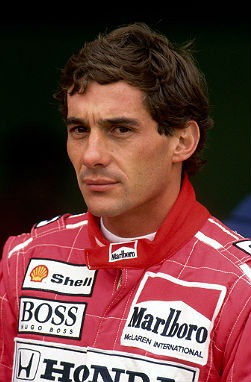




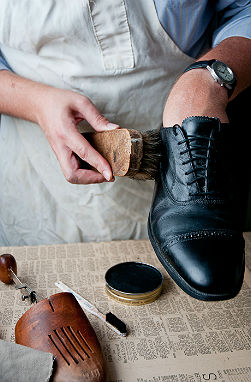
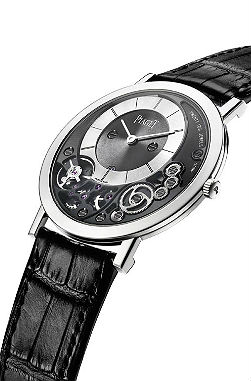




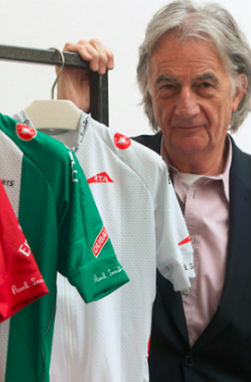
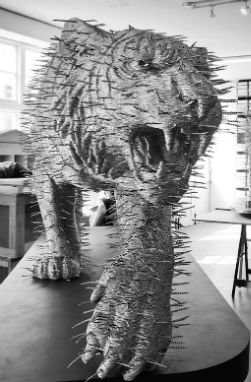
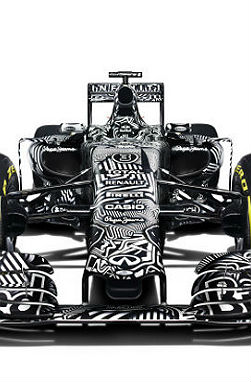
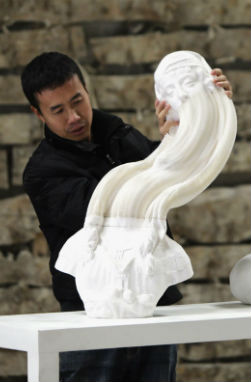




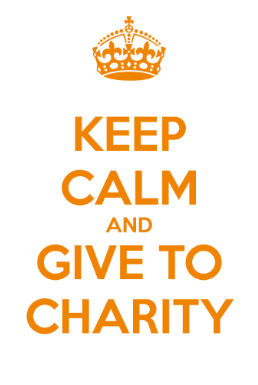


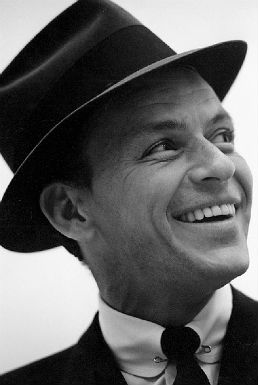
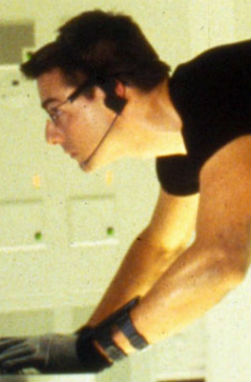

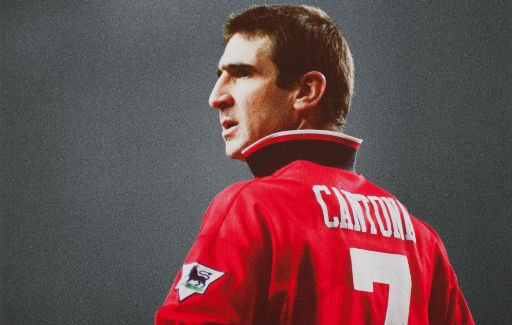


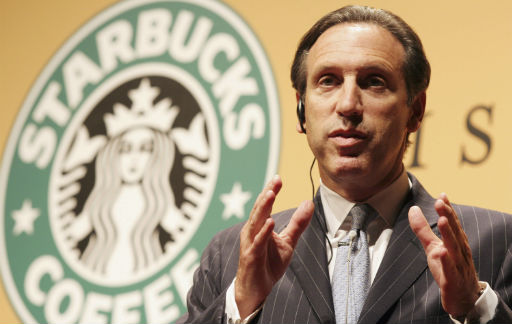

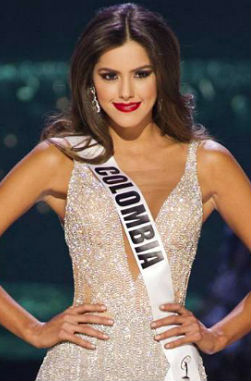
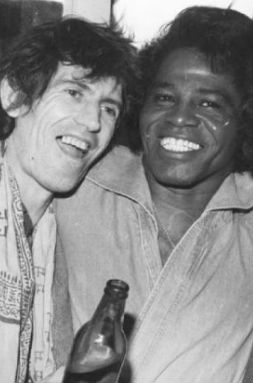


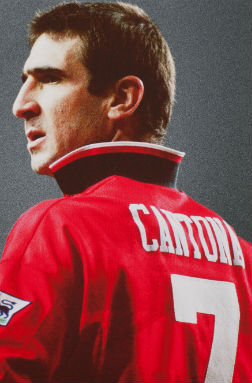



SHARES
Comments